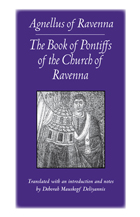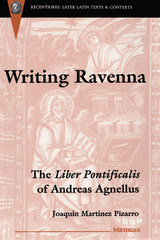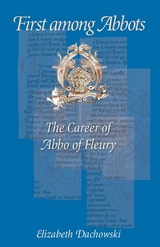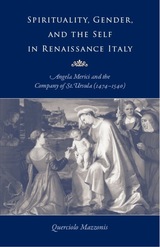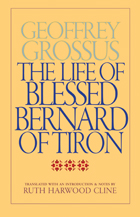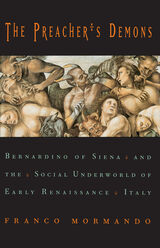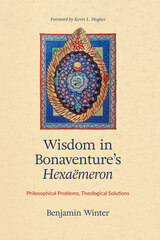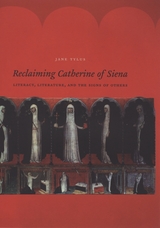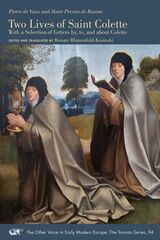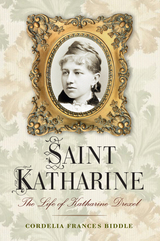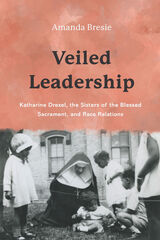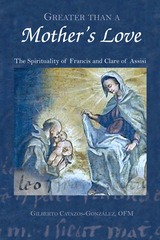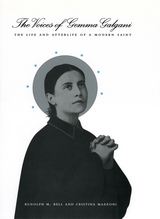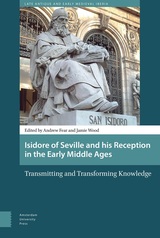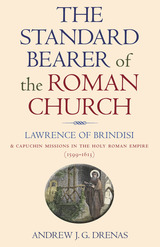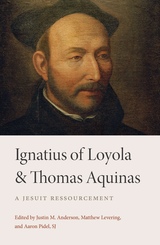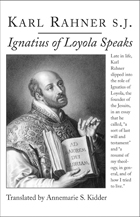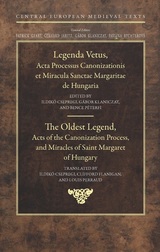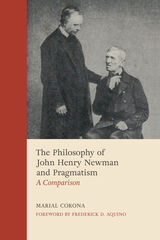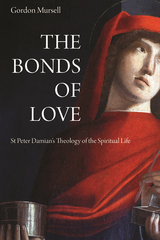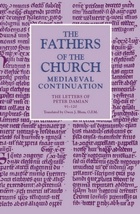Writing Faith: Text, Sign, and History in the Miracles of Sainte Foy
University of Chicago Press, 1999
Cloth: 978-0-226-02966-5 | Paper: 978-0-226-02967-2
Library of Congress Classification BX4700.F37A74 1999
Dewey Decimal Classification 235.2
Cloth: 978-0-226-02966-5 | Paper: 978-0-226-02967-2
Library of Congress Classification BX4700.F37A74 1999
Dewey Decimal Classification 235.2
ABOUT THIS BOOK | REVIEWS | TOC
ABOUT THIS BOOK
A trickster saint whose miracles reportedly included the healing of an inguinal hernia via a hammer and anvil, Sainte Foy inspired one of the most important collections of miracle stories of the central middle ages. Kathleen Ashley and Pamela Sheingorn explore the act of "writing faith" as performed both by the authors of these stories and by the scholars who have used them as sources for the study of medieval religion and society.
As Ashley and Sheingorn show, differing agendas shaped the miracle stories over time. The first author, Bernard of Angers, used his narratives to critique popular religion and to establish his own literary reputation, while the monks who continued the collection tried to enhance their monastery's prestige. Because these stories were rhetorical constructions, Ashley and Sheingorn argue, we cannot use them directly as sources of historical data. Instead, they demonstrate how analyzing representations common to groups of miracle stories—such as negative portrayals of Muslims on the eve of the Crusades—can reveal the traces of history.
As Ashley and Sheingorn show, differing agendas shaped the miracle stories over time. The first author, Bernard of Angers, used his narratives to critique popular religion and to establish his own literary reputation, while the monks who continued the collection tried to enhance their monastery's prestige. Because these stories were rhetorical constructions, Ashley and Sheingorn argue, we cannot use them directly as sources of historical data. Instead, they demonstrate how analyzing representations common to groups of miracle stories—such as negative portrayals of Muslims on the eve of the Crusades—can reveal the traces of history.
See other books on: History of doctrines | Middle Ages, 600-1500 | Miracles | Religious life and customs | Text
See other titles from University of Chicago Press


